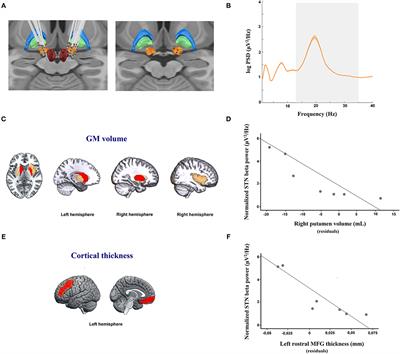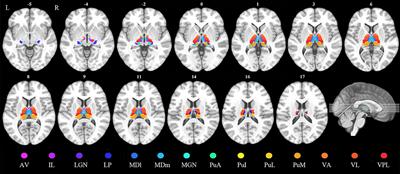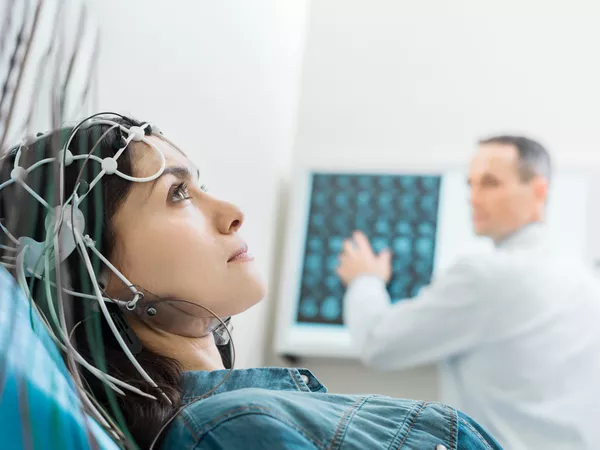EDITORIAL
Published on 03 Aug 2022
Editorial: Biomarkers of neurodegeneration and brain function and their relationships with clinical and neuropsychological outcomes in monitoring deep brain stimulation efficacy in movement disorder patients
doi 10.3389/fneur.2022.936706
- 680 views







